Portable generators are an important addition to any business operations. And they must work in perfect condition to resolve all power-related issues. Even though most manufacturers and businesses alike concentrate on issues related to their engine displacement, power, efficiency, and connectivity, an important issue that often gets ignored is the altitude-related impact on portable generators. In fact, you can often find multiple community links search forums filled with questions pertaining to this issue.
Fortunately for you, our experts at Swift Equipment believe in spilling the beans, as they are. The fact of the matter is that altitude affects a generator’s power. Factors like maximum safe altitude, rejecting, and high altitude kits do make a muted appearance in the manufacturer manuals, and these are important aspects to be considered.
While portable generators are mostly used within an altitude way below 1000 feet above the sea level, it is a good idea to consider the impact rising altitude can have on their performance (it is believed the anything above 1000 feet above the sea level will reduce their horsepower by 3 percent). You might be going for a trip into the mountains in your RV or you wish to power a mountain cabin or you are simply visiting an unofficial site, whatever your reason is for using a portable inverter generator at a high elevation, there are certain things you must keep in mind.
In this article, we will tell you everything about how higher altitude impacts portable generators and their engines what steps you can take to maximize their performance.
Table of Contents
Why Does Higher Altitude Reduce Generator Efficiency?
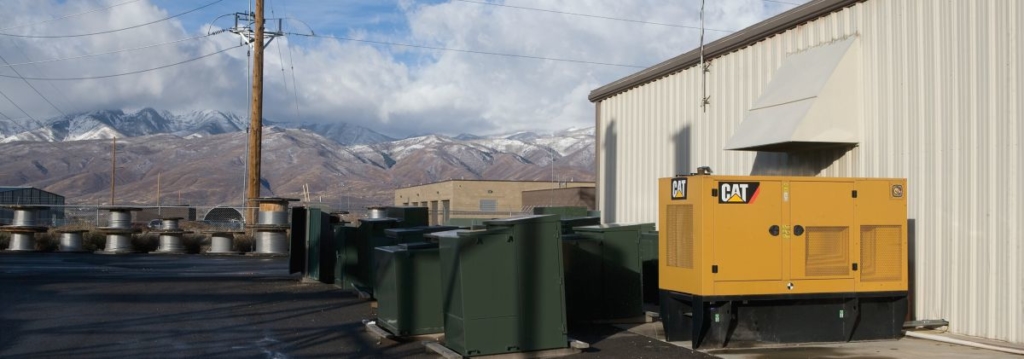
All generator engines perform on the combustion that requires enough oxygen. As the elevation increases, there is less oxygen available in the atmosphere, reducing their efficiency. It is a natural phenomenon that the farther we rise from the Earth’s surface, the thinner the air gets. This is why mountaineers climb with oxygen cylinders when trekking to higher mountains. And generators behave pretty much like people. They are designed and created to operate at a lower elevation as per PGMA G300. Beyond certain altitudes above sea level, generators will automatically run into trouble generating power.
This is because the inverter generator engine will not get enough oxygen to oxidize the fuel.
Secondly, heat dissipation is also an issue with higher altitudes. Heat, which is a form of energy in motion, requires an agent to travel out of the generator to make it work efficiently. As the air gets thinner with rising elevation, this dissipation becomes an issue as thinner air carries less energy out of the generator. Unless you are using a water-cooled generator, heat dissipation will remain a challenge.
The third issue is related to incomplete combustion. If the availability of air is less, incomplete combustion takes place producing harmful CO, rather than CO2, which is a much safer gas.
How To Manage Altitude-Related Issues In Portable Generators?

The main aim of using a portable generator engine is to solve the issue of power in remote areas, and to receive ample output during outages. And several manufacturers have taken some essential steps to resolve the issue of thin air and insufficient availability of oxygen due to the presence of less air at higher altitudes for their users.
Thankfully, a jet kit is the answer that helps in making much portable gen set altitude friendly, by ensuring it offers sufficient output. While the good old jet is not the complete solution to power loss from the generator at a higher altitude, but it does make operating them a lot safer and support the idea of getting maximum power efficiency.
What is Rejetting?
Rejetting is a process that controls the fuel injection rate into the carburetor. This fixes the fuel-air ratio to quite an extent and makes it adequate for the air density at whichever altitude you are operating your generator. There are several generator models that come with altitude jet kits that will help you fix this issue. These are helpful manuals that can come in handy when the need arises.
So, if you are planning to use a portable generator at a high altitude, it is recommended that you first check its maximum safe altitude limit. If the altitude where you wish to operate the generator exceeds this limit, it is best to use a generator that comes with high altitude jet so that you can adjust the fuel injection into the carburetor.
An engine that comes with high altitude jet is your best bet for efficient energy production and safe usage. After all, it ensures that your generator works as well as if it were placed in lower altitudes.
One important thing to keep in mind is that not all manufacturers provide jetting as an option in their manuals and jetting their equipment might be a violation of their warranty terms. So, carefully check and analyze the terms of the warranty before altering the equipment. Also, using a high-altitude generator with changing jets at a lower altitude can create safety issues. Check with your manufacturer about the details regarding re-jetting and the relative altitude beforehand.
Click here to view used portable generators
Frequently Asked Questions Related to Using Elevation Generator at High Altitude

How does altitude affect a generator’s performance?
All generators operate on the combustion that requires oxygen. But at high altitudes, the oxygen available in the air becomes lower and lower so much so that the generator no more runs fine and faces operational difficulty.
Without proper combustion, the generator can lose power, and its performance efficiency can drop by 3 percent at a higher altitude. To counter this issue, some generators come with a high altitude kit for enhanced operation above sea level, which offers a simple method of adjusting the air/fuel ratio by injecting a limited amount of fuel into the carburetor.
How do I estimate generator power loss at high altitude?
Any motor will create a given measure of force dependent on how much fuel and air it burns-through. High power burdens and RPMs burn-through more fuel. Since fuel and air are in a to some degree consistent proportion, the motor will require more air at higher power yields. Lamentably, as we drive our RVs up into higher rises, the air gets more slender and the motor loses it’s capacity to deliver it’s greatest evaluated power. This outcomes in a comparing drop in generator yield wattage.
Various motors will respond in differing sums. For example, the yield wattage of the Onan Marquis Gold series of gas fueled generators will lose 3.5% for each 1,000′ in height gain more than 3,000′. The Onan QuietPower Diesel 10,000 watt will derate 3.5% for each 1,000′ more than 500′ and it further derates by 1% for each 10 degrees F expansion in temperature more than 85 degrees F. A decent guideline for most gensets is that you will lose 10% of the appraised yield each time you gain 3,000′ in elevation. This implies that a 7,500 watt generator running at 9,000′ of elevation may be fit for creating somewhat more than 5,000 watts at that height.
Diesel motors are really well ready to deal with the fuel infusion prerequisites at higher heights yet carbureted gas controlled motors don’t have that extravagance. The Onan Marquis Gold series of generators utilizes carburetors. These gensets do have a height pay change on the carburetor. By dialing in a higher height you will incline out the combination to forestall flash fitting fouling and exorbitant smoke. It is vital that you additionally dial it back when slipping to bring down heights or probably the motor will run lean and you will consume the motor’s valves.
What are the other environmental factors that impact the performance of a generator?
Apart from high altitudes, temperature fluctuations, and changes in humidity levels also impact a generator’s performance. High temperatures also mean thinner air causing similar problems as caused by the high altitude. Meanwhile, water vapors present in the environment with very high humidity can displace oxygen resulting in impaired combustion. Be it altitude, temperature, or humidity, all these factors impact the availability of oxygen in the air and result in inefficient combustion.

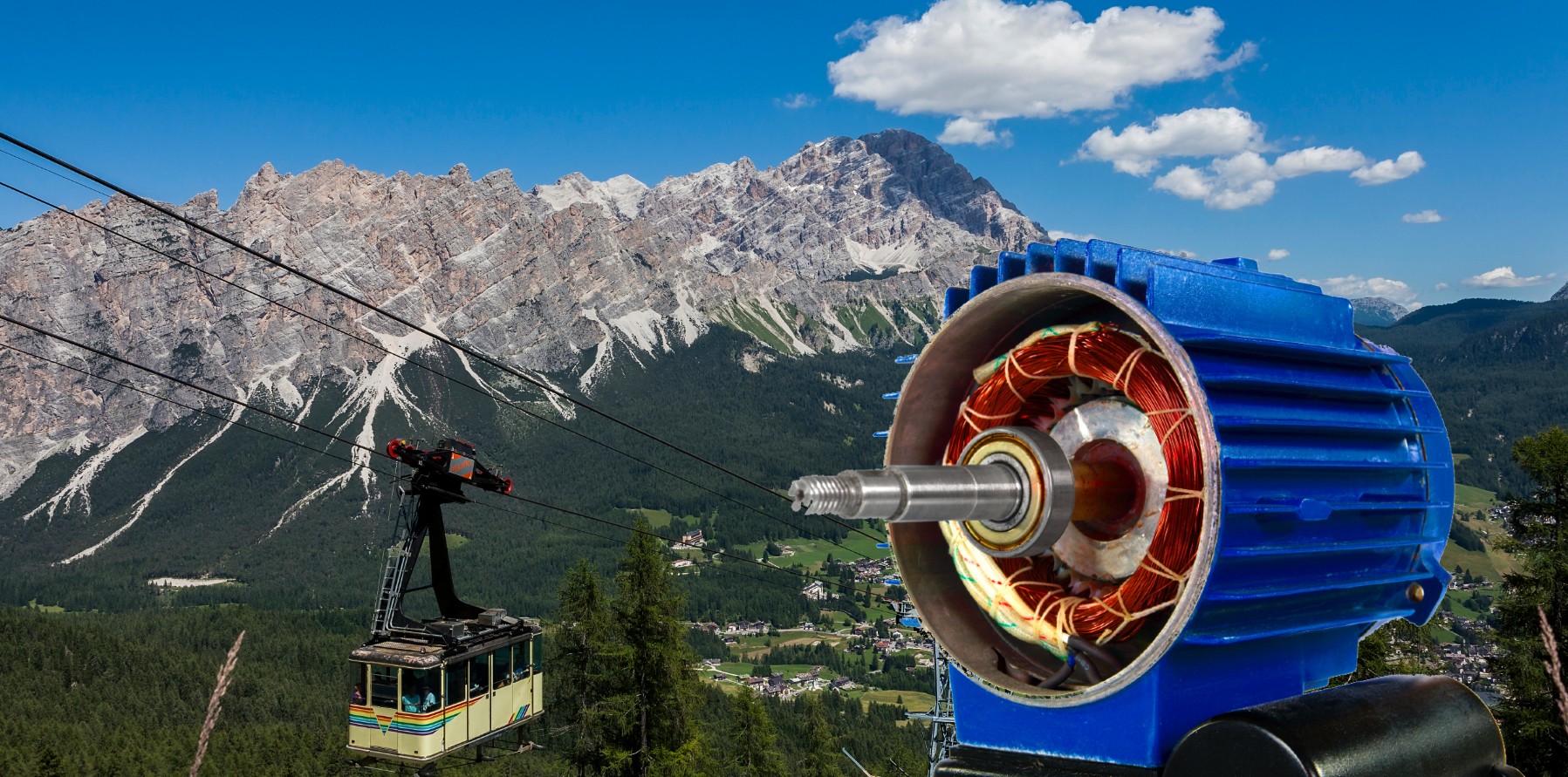
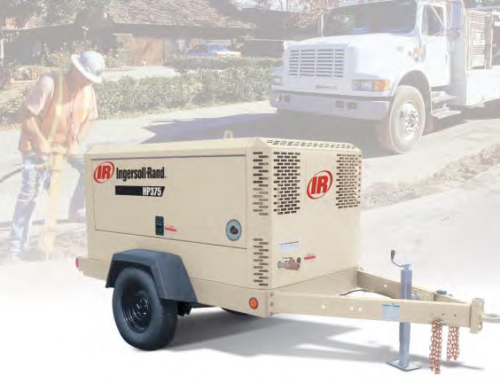
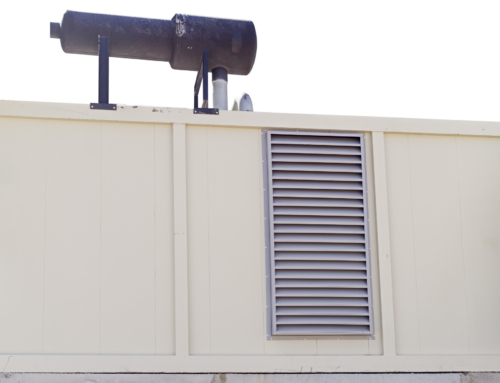
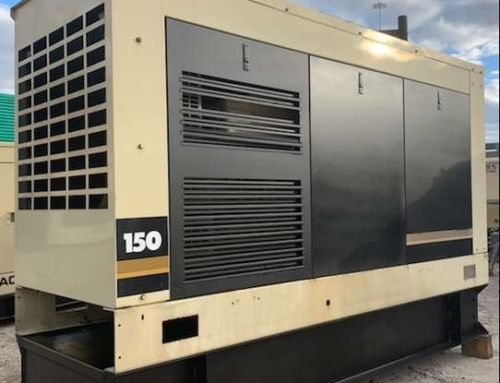
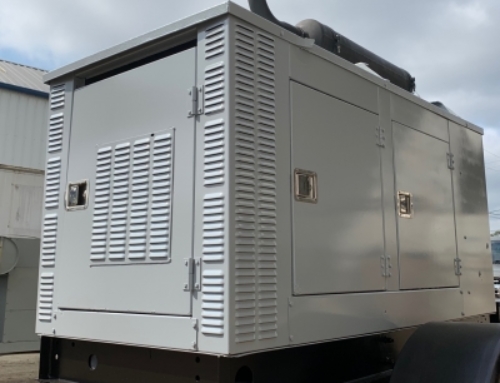
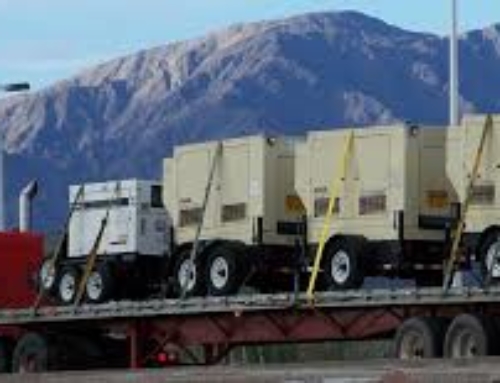
Leave A Comment